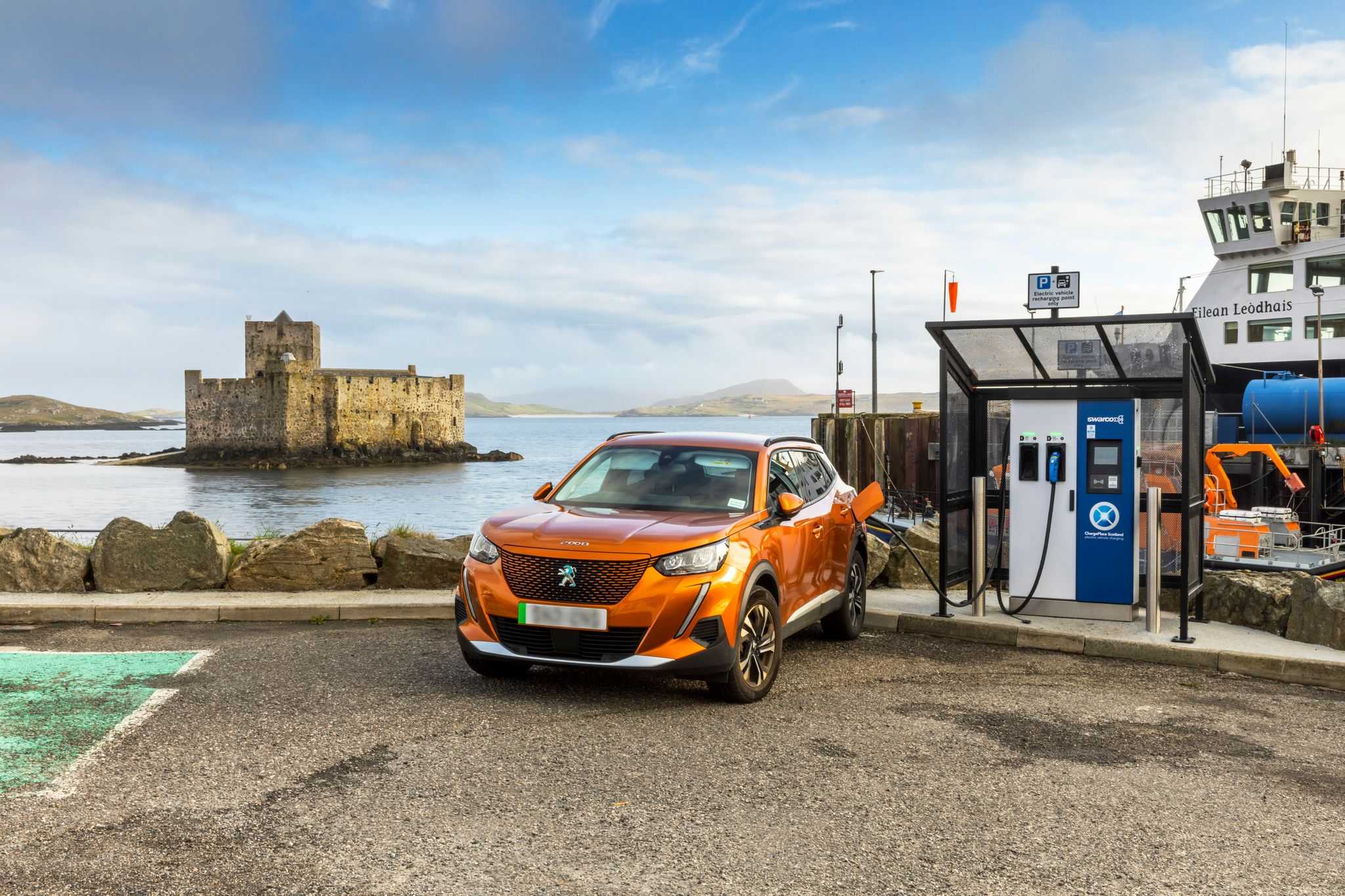Starting out on your climate action plan journey? Join our 'How to take those first steps in climate action' webinar on Thursday 4 December, 2pm.
Register for upcoming VisitScotland Business Essentials webinars.
Implementing a climate action plan can require investment. Fortunately, there are several funding options you can apply for which aim to help support businesses achieve their net zero ambitions.
- Better Places Green Recovery Fund - provides funding for sustainable visitor infrastructure and services in natural areas to promote responsible tourism.
- EventScotland Funding Programme - a funding programme that supports sustainable and accessible events in Scotland, promoting economic growth and environmental responsibility.
- Scottish Enterprise – provides grants and loans for energy efficiency projects.
- SME Loan Scheme – offers low-interest loans for energy improvements.
- Rural Tourism Infrastructure Fund (RTIF) - supports rural projects like low-carbon transport and visitor facilities to enhance sustainable tourism, with £20 million allocated since 2018. Please note, RTIF is only open to applications from Local Authorities and National Park Authorities. Private sector businesses are not eligible for RTIF support.
How to find funding opportunities and apply
- Research programs – stay updated on funding opportunities through government websites.
- Prepare your application – ensure your climate action plan is clear, measurable, and aligns with funding criteria.
- Seek support – contact Business Gateway or Scottish Enterprise for advice on suitable programs.
- Local support – contact your local authority climate change or sustainability team using the directory of Adaption Scotland.
